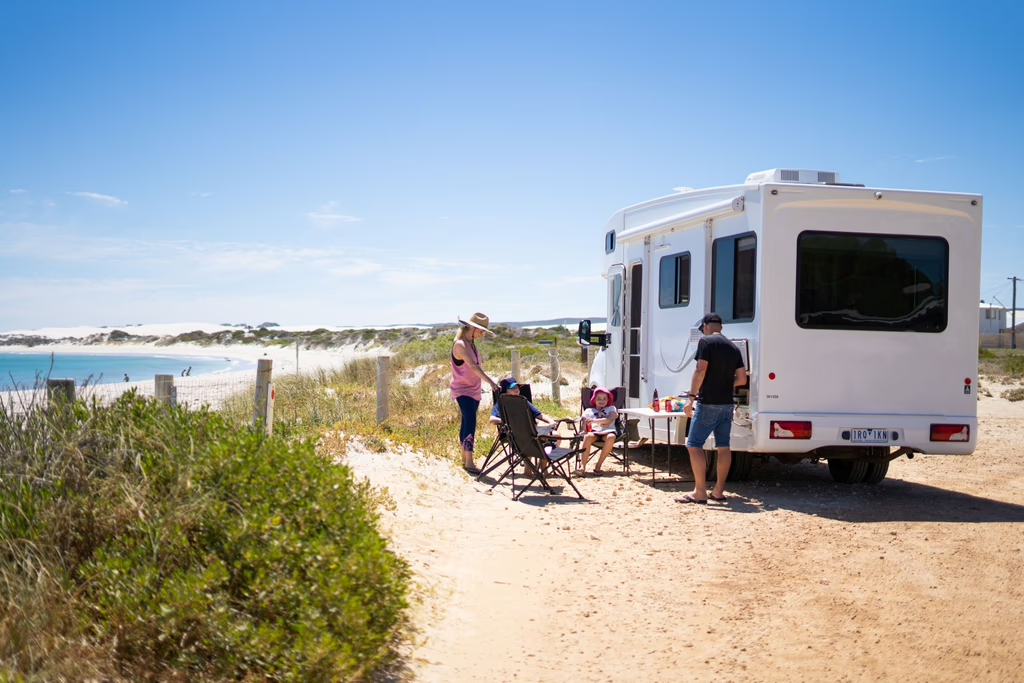Close
Blog About - 1300 547 214

They say it’s wrong to judge a book by its cover, but there’s another cliché that should ring true: don’t judge a car by the number of airbags.
Almost all new cars on sale in Australia today have airbags but, despite these worthwhile safety features, crash protection varies markedly from model to model.
Of course, all cars must meet a minimum crash safety standard set by the Federal Government, but the emphasis there is the word “minimum”. The regulations regarding crash protection have not been revised in more than a decade.
This is part of the reason the Australian New Car Assessment Program (ANCAP) was established.
Funded by the motoring clubs and state government authorities in Australia and New Zealand, ANCAP aims to improve vehicle safety by independently testing, assessing and then rating the safety of new cars.
The idea was a world first. ANCAP was established in 1992. Euro NCAP, which follows the same procedures and protocols, was established in 1997. ANCAP has no power to approve – or ban – vehicles from sale. But it has become a priceless consumer guide that could save your life.
Before ANCAP, and its associated authority, Euro NCAP, trying to compare the safety of like vehicles was pure guesswork. Rather than simply saying a car “passes” the minimum Federal Government regulations, ANCAP gives car buyers more detail on how each vehicle’s crash worthiness compares.
For those who want to know the finer points of difference, ANCAP scores the cars out of 35 points and the data can be found on the ANCAP website, www.ancap.com.au. But generally, most people judge a car by ANCAP’s simple star rating, from one to five.
Originally, ANCAP said a car with a one star rating was deemed as having an “unacceptable” risk of injury, the safety of two star cars were regarded as “poor”, three stars cars were regarded as “marginal”, four stars were “acceptable” and five stars were “good”. But following pressure from the car industry ANCAP dropped the names and retained only the star ratings.
ANCAP has not been without its controversy. Car makers initially opposed ANCAP’s findings and methods. The manufacturers said they tested cars for the real world, that it was unfair to judge a car based on one test, and that the ANCAP tests were too severe.
One of the claims made by some car makers during this debate in the late 1990s was that designing a car to achieve a high score could make the car too rigid for lower speed crashes, and potentially cause injuries. This was found not to be the case. Indeed, cars as small as the Fiat 500 are now capable of achieving a five-star rating.
Further, subsequent studies have shown that cars with four stars or above have significantly lower deaths and serious injuries. Over the past 10 years resistance to ANCAP has subsided, as the safety of each manufacturer’s cars has improved. Indeed, some of the most vocal opponents of ANCAP now use the five star results in their advertising and promotional material.
There is no doubt that ANCAP and its affiliates have markedly improved the safety of new vehicles, more so than any government agency or regulation. Indeed, government regulations are only just beginning to catch up to ANCAP.
ANCAP announced that from the beginning of 2008 only cars with stability control would be eligible for a five star safety rating. The Federal Government recently announced this technology will be compulsory on all new passenger cars introduced from November 2011 onwards, and all other new passenger cars have until November 2013 to have the technology fitted as standard.
How ANCAP testing compares…
Australian government regulations require passenger cars to be crash tested into an offset barrier at 56km/h and light commercial vehicles to be crash tested into a full frontal barrier at 48km/h. ANCAP crash tests all vehicles at 64km/h into an offset barrier.
ANCAP also tests side impact protection and cars with side and/or curtain airbags typically do well. Cars without side and/or curtain airbags typically show life-threatening injuries. In the side impact test, a 950kg sled designed to simulate another vehicle strikes the driver's side at 50km/h. To qualify for the full five star rating, the car also has to pass a side pole test where the car is pushed sideways into a rigid pole at 29km/h.
Recent results have included pedestrian tests. These are a series of tests carried out to replicate crashes involving child and adult pedestrians where impacts occur at 40km/h. Contributed by NRMA Insurance
About NRMA Insurance NRMA Insuranceis a provider of insurance products, including car insurance and home insurance in NSW, ACT & TAS.